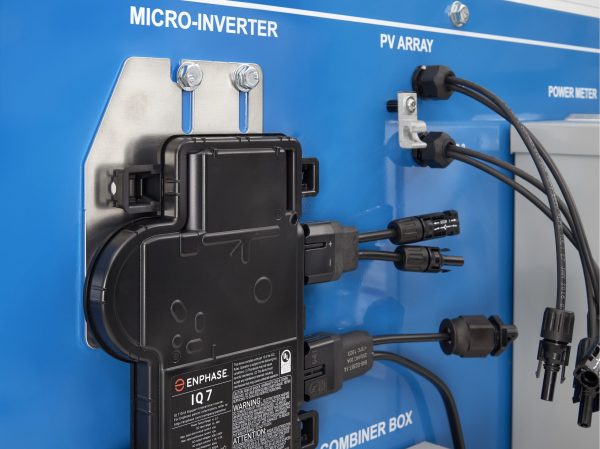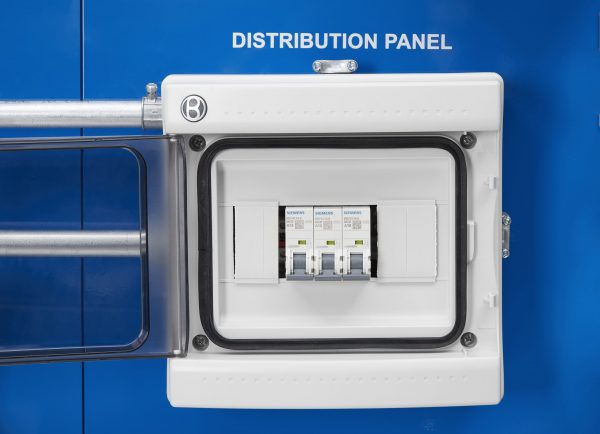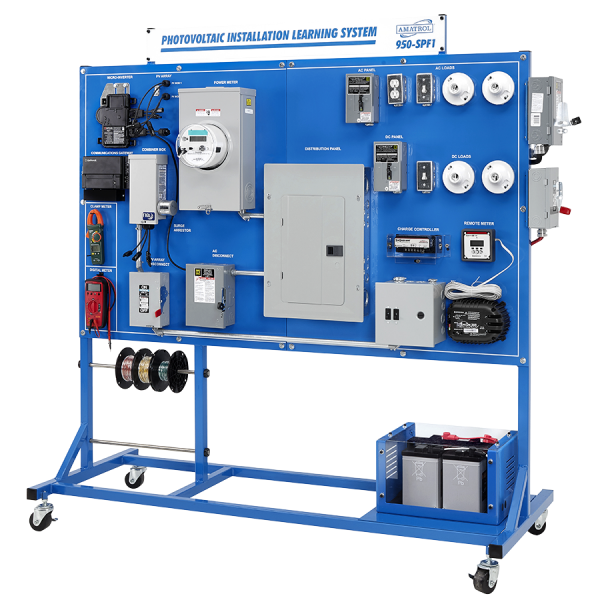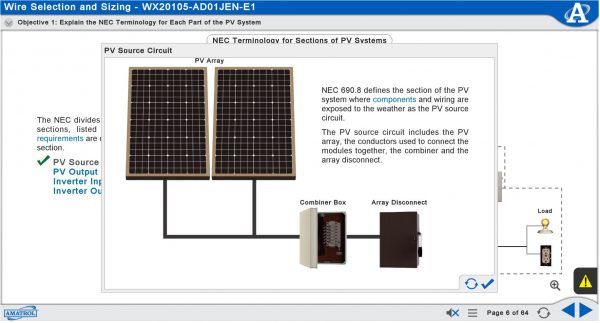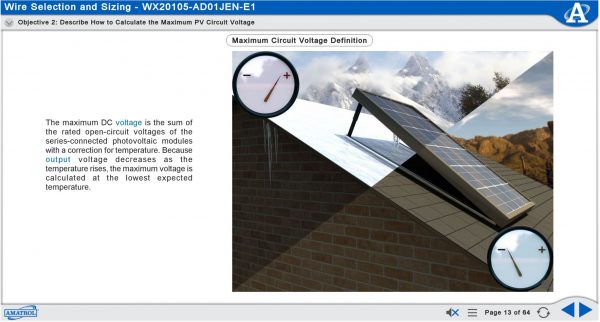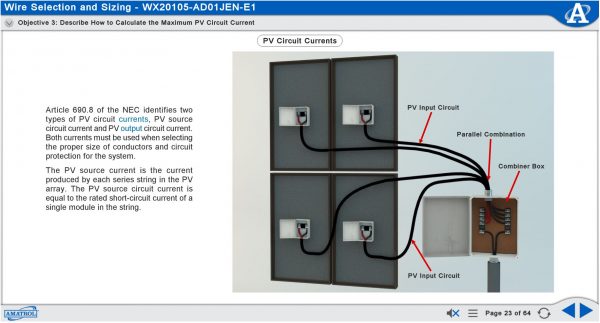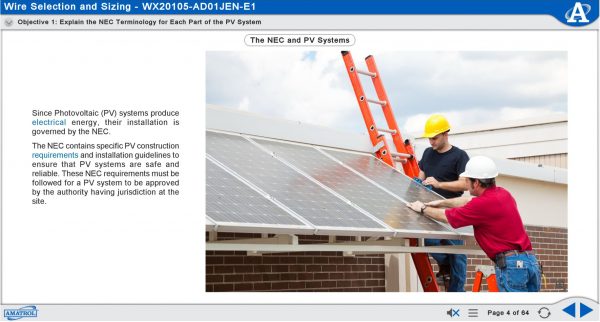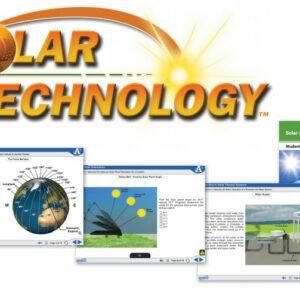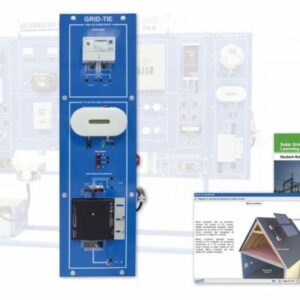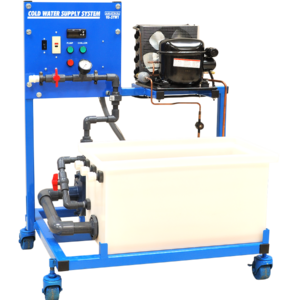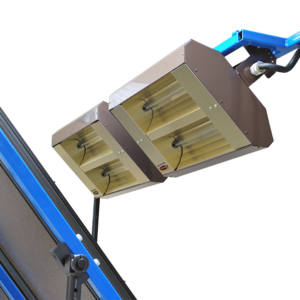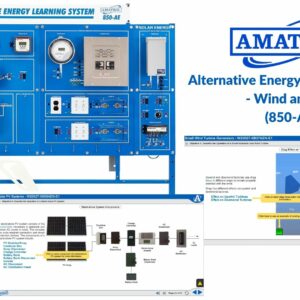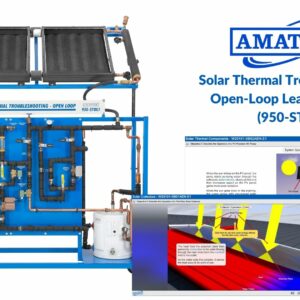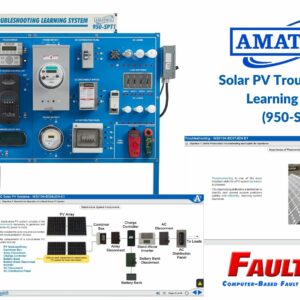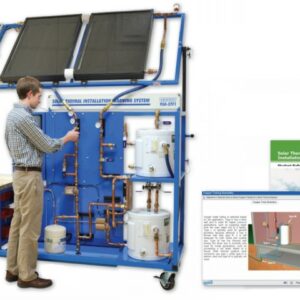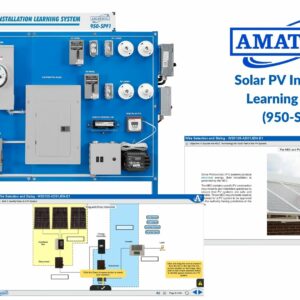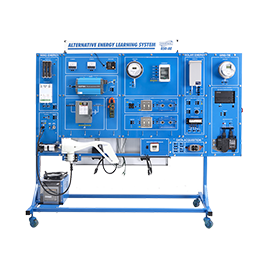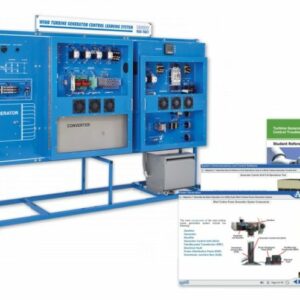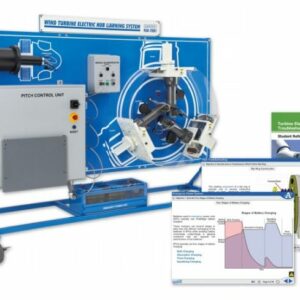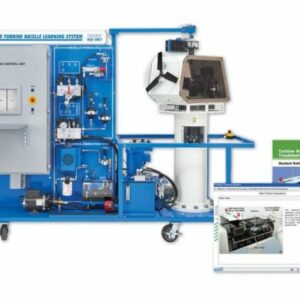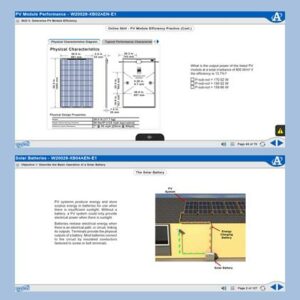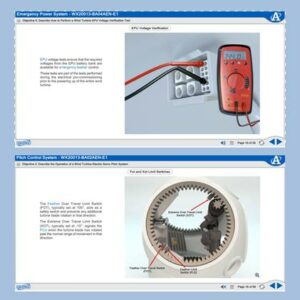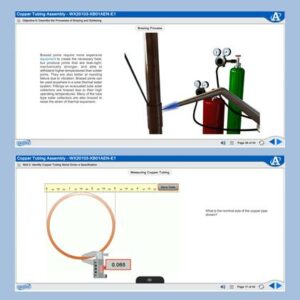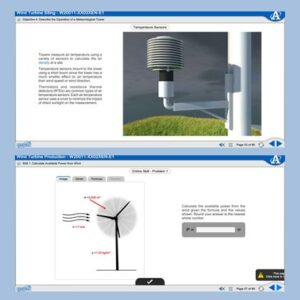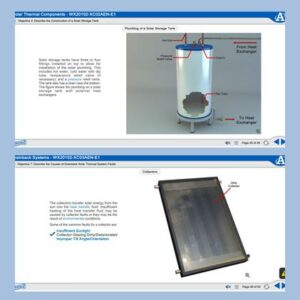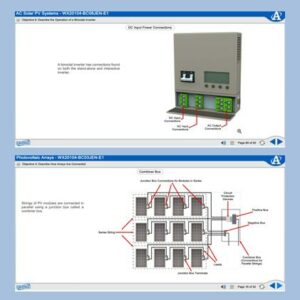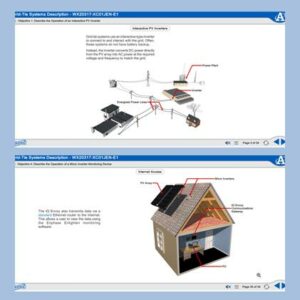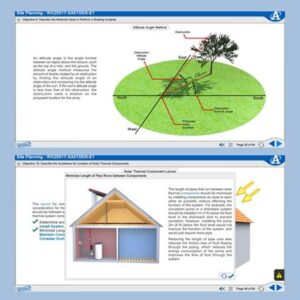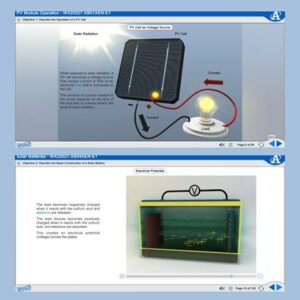Industries across all sectors are experiencing a shortage of highly-skilled workers to fill crucial technician roles, and the renewable resources sector is no exception. Despite job growth in recent years, employers in the alternative energy industry still face an ongoing problem with hiring qualified solar installation technicians.
Experts blame advancing technology and a generation not interested in the skilled trades, but the bottom line is the same: the supply of highly-skilled workers simply can’t keep up with industry demand. And the demand for qualified solar installation technicians is rising, as more consumers and businesses apply solar energy in their communities.
It’s no longer a novelty to see solar panels adorning the roofs of homes and businesses. We even see them along the highway powering informational signs, as well as installed by the thousands in huge solar “farms” that generate power for local communities.
As local, state, and federal governments continue to fund and push for more alternative energy projects, demand for highly-skilled solar installation technicians will continue to rise. Amatrol’s Solar PV Installation Learning System (950-SPF1) teaches the installation and commissioning of grid interactive and stand-alone photovoltaic (PV) systems for commercial and residential applications through a unique combination of eLearning curriculum and hands-on experience with real industrial solar PV components


